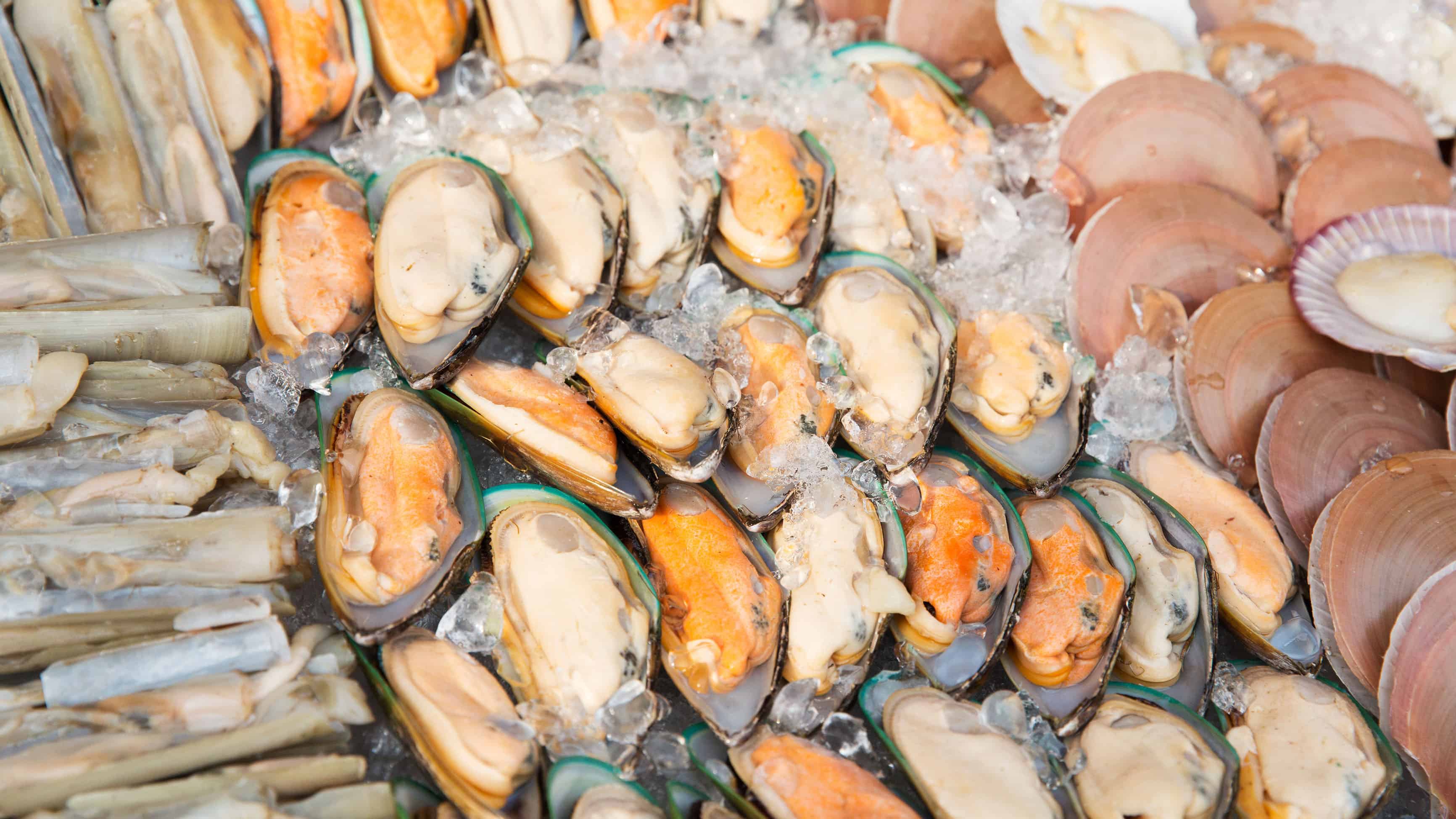
Fish shell aliases manual#
Man is a command for displaying a manual page on a given topic. If you want to find out more about the echo command used above, read the manual page for the echo command by writing: man echo And every single command follows the same simple syntax. There are commands for performing a set of commands multiple times, commands for assigning variables, commands for treating a group of commands as a single command, etc. Everything in fish is done with commands. In the example above, the output will be 'hello world'. echo is a command which will write its arguments to the screen. Every fish command follows the same simple syntax.Ī command is executed by writing the name of the command followed by any arguments. Shells like fish are used by giving them commands. For the latest information on fish, please visit the fish homepage. A shell is a program used to execute other programs. fish is a user friendly commandline shell intended mostly for interactive use. This is the documentation for fish, the friendly interactive shell. Packages that seem interesting, but I haven’t had the time to look at, yet.This documents an old version of fish. If you need a more detailed rundown on your current network connections and the bandwidth their taking up xhĪ clean and easy tool for sending http requests TODO ripgrepĪ very fast alternative to grep bandwhich Personally, I’m probably not using regex enough to remember this tool the next time I’d need it, but it might be helpful to you. RegEx is hard and this tool does a great job at guessing which expression you want based on the input you provide.Ĭheck out the video on their GitHub repository to see what I mean. I haven’t delved into customizing it too much, yet. It’s showing common usages and parameters for shell commands at a glance. I’ve grown fond of htop, however, bottom’s focus is less on the process list (which is covered by procs anyway) and makes space for additional visualization over time with graphs for values like CPU, memory, and network throughput.Ī replacement for tldr. just typing z project when you want to navigate to /some/folder/of/some/project. dust replacing duĪ smart directory changer that remembers and ranks visited paths, allowing you to use shortcuts when you want to go there again.Į.g. The LS_COLORS settings seen above are generated via vivid.
Fish shell aliases software#
Most of these are not limited to fish, but general shell software packages. Some software and Rust alternatives that I’ve been using since moving to fish. This enhances several search features on the command line with fuzzy search and a visually nice interface. typing " will produce "" and put the cursor in between the two. Plugins autopair.fishĪuto-completes brackets and quotes. Here it shows that the local Ruby version (managed by rbenv) for my Jekyll blog’s source folder is 3.0.1. The prompt itself shows the current path abbreviated up to the parent directory, the current branch name and status if the current directory is managed by git, followed by language environment information. Judging by the name and general appearance, starship seems to be inspired by the spaceship prompt for zsh. It’s written in Rust and very customizable, fast, and usable with many different shells. There are lots of ways to customize the prompt in fish, even within fish itself. Which you can see by listing command completions via tab: Prompt Will create a fish function with a description of alias lsa=ls -la. It will create a function that simply With the added benefit of automatically creating a description stating what the command expands into. The documentation states that alias is a convenience wrapper for function. In fish, which doesn’t work that way for aliases.

The problem here, with a bash alias I was able to type which someAlias to see what the command expanded into.


 0 kommentar(er)
0 kommentar(er)
